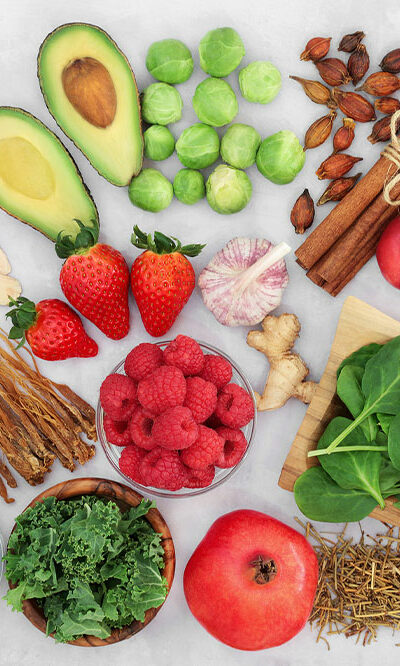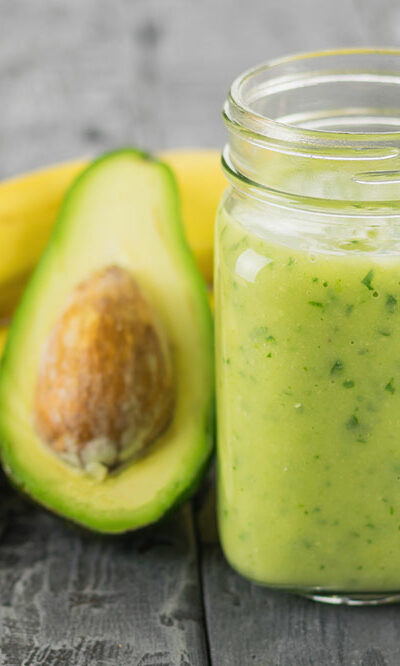
7 physical activities that help manage diabetes symptoms
Diabetes is a chronic health condition where the body does not generate enough insulin or cannot use it efficiently to control sugar levels. The condition affects about 37 million people in the country and is also a leading cause of kidney failure and adult blindness and a reason for lower-limb amputations. Some remedies help manage this condition; however, one can also curb symptoms by regularly following exercises. Check out some of such helpful activities below. Daily walks Walking is an ideal way of managing diabetes. Try brisk strolls for half an hour three to four times a week, or take your pet dog for a walk. You can also track your walking progress through fitness apps to make exercising fun. Swimming Swimming enhances the muscles in the upper and lower body. Strong muscle movements while swimming helps burn calories, lower cholesterol, and improve heart health. Swimming also does not strain the joints as other exercise routines would. Trying dance routines Dancing helps lower stress levels, burn calories, curb blood sugar, and benefit the heat. Dancing for around half an hour every day for three days a week will help improve symptoms of diabetes. Cycling Those experiencing diabetes symptoms should consider cycling for about 30 minutes daily, three to five times a week. The activity will help burn excess blood sugar and improve heart rate. Cycling is also known to help one get in shape without affecting the knees and other joints. Climbing stairs Climbing stairs helps the heart and lungs work faster, which benefits people with type 2 diabetes. Going up and down stairs for three minutes after an hour or two following a meal will help burn blood sugar. Gardening Gardening works as a strength training exercise and an aerobic activity. An individual may kneel, walk, and bend while digging, lifting, and raking the garden.










